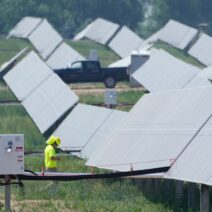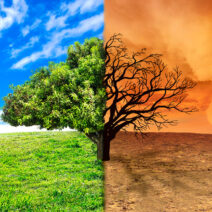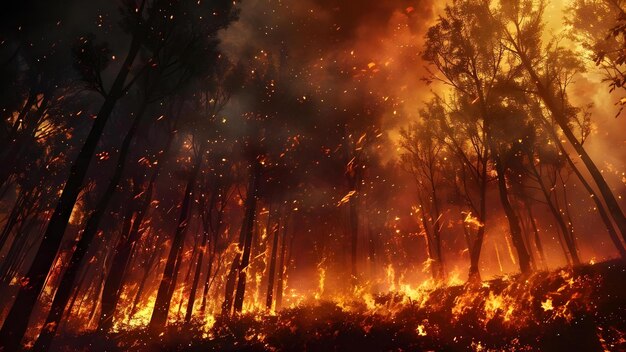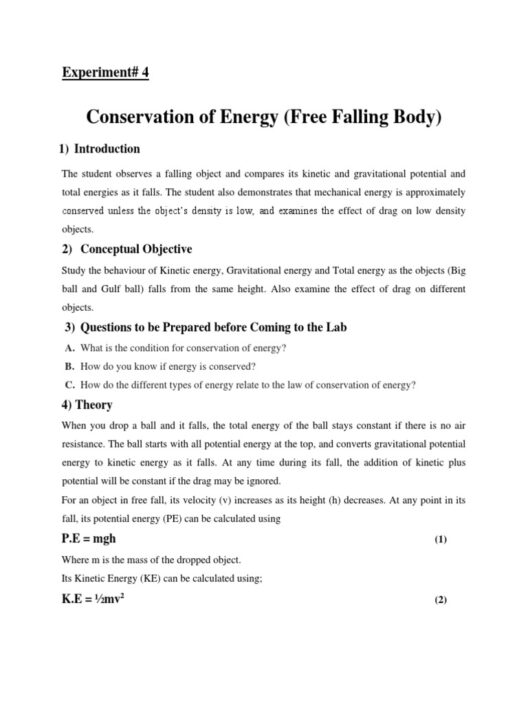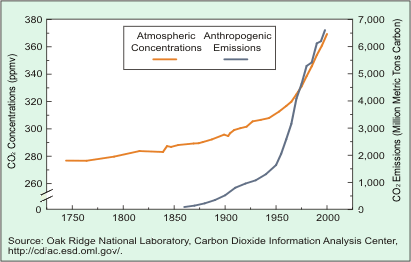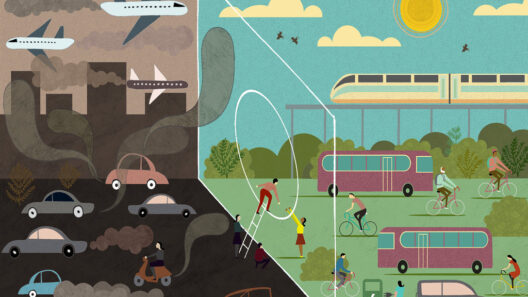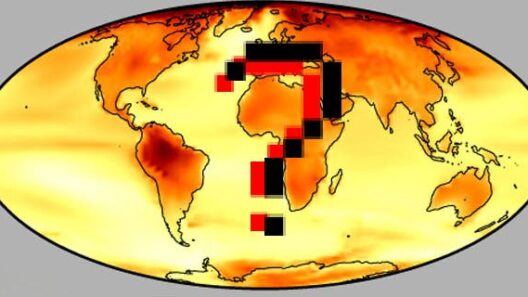In the grand tapestry of Earth’s ecosystems, forests play a pivotal role. But what happens when these verdant powerhouses are engulfed in flames? How do forest fires and deforestation escalate the perilous trajectory of global warming? These phenomena may seem disconnected from climate concerns at first glance, but the reality is starkly different.
To begin, it is essential to understand the basic interplay between forests and the carbon cycle. Forests are significant carbon sinks. They absorb carbon dioxide (CO2) from the atmosphere during photosynthesis, storing carbon in biomass and soil. However, when forest fires occur, or when deforestation takes place, this stored carbon is released back into the atmosphere, significantly contributing to greenhouse gas emissions. The result? An acceleration of global warming that can have dire consequences for our environment.
Imagine a world without forests. It poses a rather daunting question: How would our climate systems adapt or, quite ironically, fail to adapt? With fewer trees, the capacity to sequester CO2 diminishes drastically, leading to a spike in atmospheric carbon levels. This creates a vicious cycle: increased greenhouse gases contribute to rising global temperatures, which in turn can lead to more frequent and intense forest fires. The close relationship between forest fires and global warming creates a feedback loop that is difficult to break.
So, let us delve into the mechanics of forest fires. Typically, these conflagrations are exacerbated by prolonged periods of drought and elevated temperatures, often attributed to climate change itself. When wildfires ignite, they release not only CO2 but also other noxious gases, including methane and nitrogen oxides. These gases further contribute to the greenhouse effect, trapping heat in the atmosphere and exacerbating the already critical issue of climate change.
Moreover, forest fires can lead to a severe loss of biodiversity. Many species rely on forests for their habitat, and when these ecosystems are destroyed, it can result in the extinction of numerous plant and animal species. This loss of biodiversity impacts ecosystem resilience, making it even more challenging for forests to recover. The further degradation of forest health can lead to a cycle where more and more fires occur due to a lack of mature vegetation that can help modulate the local climate.
Deforestation, on the other hand, showcases a more intentional human interaction with forest ecosystems. Logging, agriculture, and urban expansion are primary drivers of deforestation. These activities not only reduce the number of trees available to sequester carbon but also disturb the soil, releasing additional carbon stored underground. The UN Food and Agriculture Organization (FAO) reports that approximately 10 million hectares of forest are lost each year, which exacerbates the global warming crisis.
As forests are cleared for agricultural expansion, particularly in tropical regions, the cleared land often becomes a source of carbon emissions. Agricultural practices, especially those that rely on chemical fertilizers and intensive tillage, further contribute to greenhouse gas emissions, thereby compounding the challenges posed by forest loss. The irony lies in the burgeoning agricultural demand driven by a growing global population, which inadvertently accelerates global warming.
The interaction between deforestation and climate change reveals another layer of complexity: forest fragmentation. When large sections of forest are removed, the remaining patches become isolated. This isolation hinders species from migrating to areas with more favorable climate conditions, thereby reducing their chances of survival. The fragmentation of habitats leads to ecological imbalance and increases the vulnerability of these landscapes to climate-related challenges.
Now, consider this: What if we embraced reforestation and sustainable forestry as not merely an option but a necessity? Reforestation initiatives can significantly mitigate some of the damage caused by deforestation and forest fires. By planting trees, organizations and individuals alike can help restore carbon sinks, improve biodiversity, and regenerate natural habitats. However, this is not an overnight solution. It requires commitment, funding, and a willingness to abandon old practices in favor of a sustainable future.
Additionally, policy interventions are crucial in addressing the dual threats that forest fires and deforestation pose to global warming. Governments must implement stricter regulations on land-use practices, increase funding for fire prevention and management, and invest in renewable energy sources. By transitioning to greener practices, societies can lessen their reliance on fossil fuels, thereby reducing the greenhouse gas emissions that contribute to both forest fires and climate change.
The future of our planet may depend on how well we address these intertwined challenges. Collaborative efforts among nations, local communities, and organizations are critical in combating the relentless march of global warming. If left unchecked, the consequences will be catastrophic—not just for humanity, but for the myriad species that share our planet.
In conclusion, the relationship between forest fires, deforestation, and global warming is a complex web that intertwines ecological, social, and economic threads. As we ponder the question of how these elements reinforce one another, it becomes clear that proactive measures must be taken. Ignoring the plight of our forests is a luxury we can no longer afford. The challenge lies before us: can we rethink our approach to forest management and climate resilience before it’s too late?

